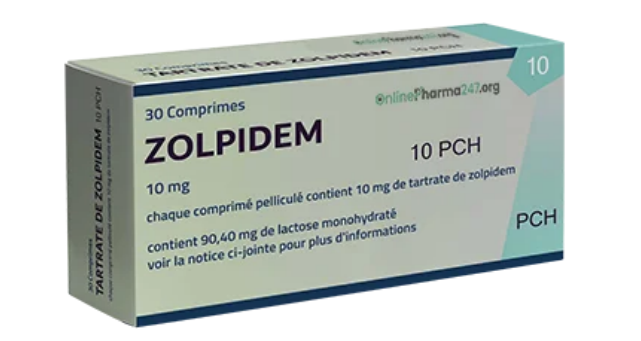Healthcare is a dynamic and demanding sector that relies on accuracy, efficiency, and prompt decision-making to improve patient outcomes. As medical technology progresses, process automation has become an essential tool for streamlining procedures, reducing mistakes, and improving overall care delivery. Automating common procedures in healthcare settings reduces the strain on healthcare providers while improving the patient experience. In this article, we’ll look at the primary advantages of process automation in healthcare, ranging from increased productivity to improved patient safety.
- Improved efficiency and decreased administrative burden
One of the most important advantages of process automation in healthcare is the enormous rise in operational efficiency. Many healthcare institutions struggle to manage administrative activities such as patient scheduling, billing, insurance claims processing, and record-keeping. By automating these typical procedures, healthcare providers may minimize manual burdens, freeing up staff time to concentrate on patient care.
Key Automation Examples:
Appointment scheduling: Automated systems can manage patient appointment reservations, lowering the possibility of scheduling conflicts and shortening wait times.
Billing and Claims Processing: Automation expedites the process of creating invoices, confirming insurance claims, and handling payments.
Electronic Health Records (EHR): EHR systems automatically update and retain patient data, increasing accessibility and reducing paperwork.
- Improved patient safety and less human error
Human mistakes in healthcare may have fatal implications. Mistakes may be expensive, ranging from giving the incorrect drug dose to keeping faulty medical records. Automation in healthcare settings considerably minimizes the likelihood of such mistakes. Automated drug distribution systems, for example, guarantee that the proper amount is administered to the correct patient at the appropriate time, while automated data input decreases mistakes in patient records.
Key Automation Examples:
Automated Medication Dispensing: Machines can check prescriptions and automatically deliver the proper dose to patients, lowering the chance of human mistakes while providing drugs.
Lab Test Findings Automation: Automated systems retrieve and record lab findings, ensuring data accuracy and fast delivery.
Clinical Decision Support Systems (CDSS) evaluate patient data and provide healthcare providers with evidence-based treatment alternatives, lowering the likelihood of misdiagnoses.
- Improved patient experience and engagement
Automation not only increases the productivity of healthcare personnel but also improves the whole patient experience. By automating key operations, healthcare institutions may provide quicker, more accurate, and more convenient services to their patients. Patients, for example, may utilize self-service kiosks or online portals to schedule appointments, view their medical data, and get test result updates.
Key Automation Examples:
Patient portals allow patients to see test results, arrange appointments, and contact healthcare professionals without having to make phone calls or wait for replies.
Automated Communication: Sending SMS or email reminders about appointments, prescriptions, or health check-ups improves patient compliance and reduces no-shows.
Telehealth and Remote Monitoring: Automation provides remote consultations, decreasing the necessity for in-person visits while also enabling patients to monitor their health from home.
- Cost reduction and optimal resource allocation
Healthcare is costly, and hospitals and clinics are always seeking methods to save expenses while maintaining patient care. Process automation in healthcare is critical in optimizing resource allocation, minimizing waste, and regulating operating costs. By automating administrative operations, healthcare companies may eliminate the need for extra personnel and lower the expenses of manual processing.
Key Automation Examples:
Inventory Management: Automated systems monitor medical supplies, ensuring that hospitals are adequately supplied without overspending or running out of essential products.
Claims Processing: Automation shortens the time and effort required to process insurance claims, decreasing billing mistakes and payment delays.
Workforce Scheduling: Automated systems can generate optimal work schedules, ensuring that the appropriate amount of employees is available depending on patient demands.
- Quicker Data Access and Improved Analytics
Healthcare data is critical for making educated patient care choices, but manually maintaining and analyzing large quantities of information may be time-consuming. Automation enables healthcare practitioners to swiftly access and analyze patient data, making it simpler to monitor health trends, detect hazards, and execute individualized treatment strategies.
Key Automation Examples:
Data Analysis Tools: Automated tools assist in analyzing huge datasets to uncover trends, such as patient reactions to therapies or the prevalence of particular disorders.
EHR Integration: EHR systems capture and store patient data in real-time, making it available to all healthcare providers engaged in a patient’s treatment.
Conclusion
The use of process automation in healthcare settings has several benefits, ranging from increased efficiency and less human error to improved patient safety and satisfaction. By using automation tools and technology, healthcare institutions may improve resource management, simplify operations, and, ultimately, deliver better care to patients. As the healthcare business evolves, automation will play an increasingly important role in providing quick, accurate, and effective medical services.





